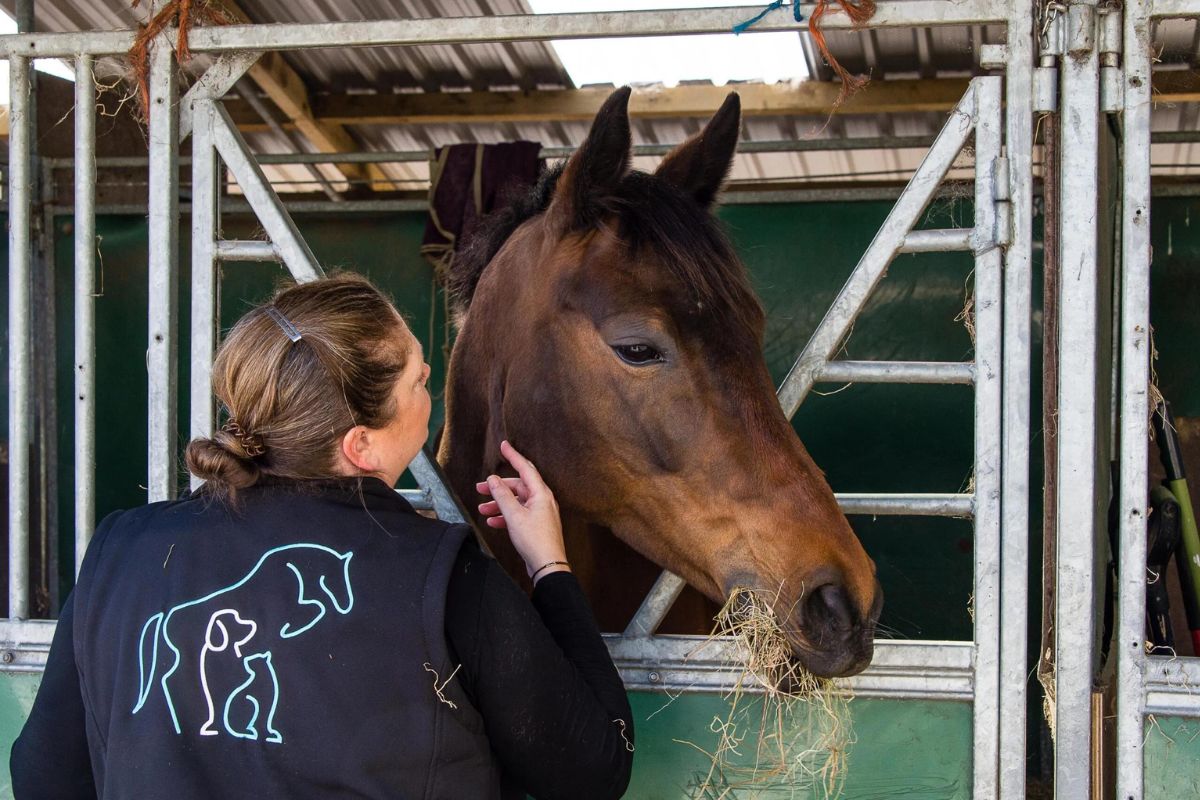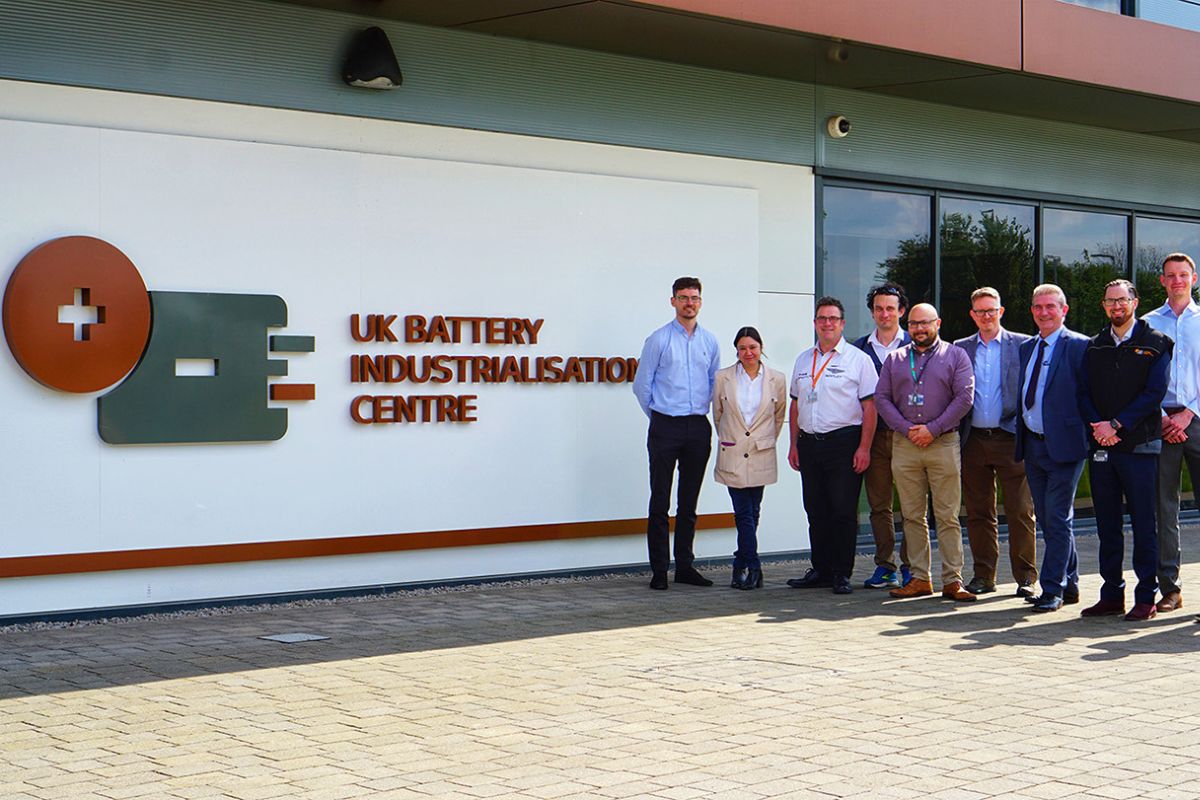How Training Providers Can Improve Achievement Rates

With the spotlight returning to training providers’ qualification achievement rates (QARs), we’re taking a look at the factors that affect them and how training providers can improve their achievement rates.
QARs, and the associated pass rates and retention rates, are a measure of the quality of the training courses that a provider delivered in a funding year. Many factors affect achievement rates, and you can see the 2022 calculation here.
Achievement rates show employers that training providers are delivering quality apprenticeships, their learners are completing, and can drive success for their employers. Long-term, you’re equipping apprentices for a successful career and enabling employers to strengthen their workforce.
You likely have a continuous improvement model for your on-programme delivery. Measures such as mapping the learner’s job description to the standard, creating a unique learning plan, carrying out regular reviews, and building EPA preparation into on-programme learning are all key ways to improve QARs.
To improve further, training providers should look externally and consider the impact that choosing the right End Point Assessment Organisation (EPAO) has on improving the apprentice experience, and consequently increasing retention rates and completions.
When helping employers decide on an EPAO, what do you look for? Here we’ve listed some key considerations to choose an EPAO that supports you to improve achievement rates.
Does the EPAO provide useful guidance to prepare apprentices for EPA?
First-time passes are important for morale and can improve retention rates. Apprentices need to have the tools to prepare effectively and pass their EPA. Do your EPAOs provide sufficient guidance in terms of toolkits, templates, and mock tests? If you’ve answered no to any of those, you’re increasing the likelihood of failure.
The guidance should be useful, clear, and benefit both you and your learners. It must make clear the assessment criteria and how to achieve these. This detail is usually found in toolkits and listed as competencies or knowledge, skills, and behaviours (KSBs). You’re also likely to find details on the difference between pass and distinction grades. The depth of guidance is the difference between a standard EPAO and one that wants the best for your apprentices.
When learners feel prepared, they are more confident about taking EPA and completing their apprenticeship. For some providers, retention rates are a real concern, so it’s essential to empower learners to take control of their learning and assessment. They should know exactly what KSBs to demonstrate and feel able to succeed.
What feedback is given?
How useful is the feedback you receive from your EPAO – is it enough to improve achievement rates? Most EPAOs will provide basic feedback on individual apprentices, however, an outstanding assessment organisation will go even further than this. Some share high level, anonymised feedback from all learners, not just your own, providing you with a broader view and highlighting areas where apprentices go wrong so you can ensure your training covers these areas. This gives you the benefit of oversight into all apprentices, not just your own. It removes the need to wait for learners or cohorts to complete before you have visibility of ways to improve.
Once you have this feedback, you can add action points to your Quality Improvement Plan (QIP) and make improvements for future delivery. This then feeds into a cycle of continuous improvement to optimise your delivery to meet learning aims, therefore improving future achievement rates.
Does the EPAO offer support and are they easy to contact?
There is nothing more frustrating than waiting in a call queue, or not getting to speak to someone on the telephone. A good EPAO should be easy to reach and support you throughout the whole EPA process. An EPAO that goes the extra mile will assign you a designated Account Manager who will be on hand for any queries or bumps along the road, from start to finish.
EPAOs should prepare training providers for what to expect during EPA. An onboarding session is really beneficial to ensure tutors and coaches understand how to prepare apprentices for EPA, so if you’re offered one, take advantage of it. This is a chance to meet with your Account Manager, ask any questions, and familiarise yourself with the process and expectations. Transparency is key, and having this level of support means your team can deliver a quality service and help your apprentices excel.
Does the EPAO go above and beyond?
Great EPAOs will be receptive and responsive to the needs of apprentices, training providers and employers. Ideally, you should choose one that is flexible, gives advice, and is aware of the latest industry trends. They should work with you to support those learners who require reasonable adjustments. It’s clear when an EPAO is passionate about supporting apprentices to achieve. A supportive, straightforward approach frees up a lot of provider time to focus on learner support.
A final thought…
Many factors affect achievement rates, and while your internal practices and processes determine most of these, your EPAO can support you. An outstanding EPAO may not necessarily be the largest organisation, but they will care immensely about the success of your apprentices and that of your company. It is therefore essential to consider how your EPAOs demonstrate their ability to support you and your apprentices. By working together, we empower apprentices and they can – and will – make a difference for their employers.
If you found this article useful, view some of our EPA prep articles.
***
Helen Shinner is Managing Director of 1st for EPA, an Ofqual-recognised End Point Assessment Organisation.
1st for EPA assesses nine apprenticeship standards, including Digital Marketer, Marketing Executive, Marketing Assistant, Marketing Manager, PR & Communications Assistant, HR Consultant, HR Support, Business Administrator and Junior Content Producer.
To find out more, visit www.1stforepa.co.uk











Responses